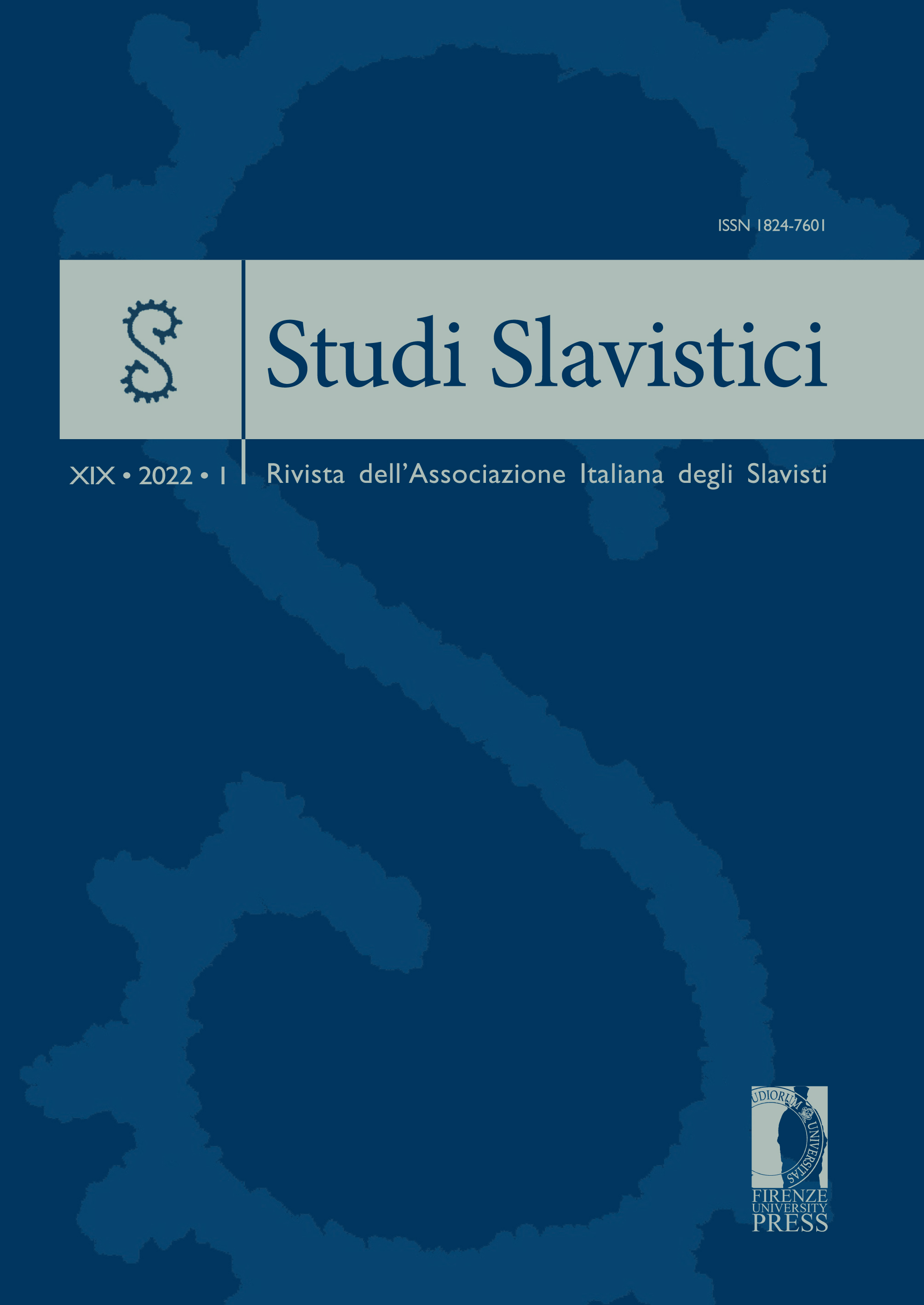Published 2022-05-28
Keywords
- Old Russian Orthography,
- Paroemiarion,
- Loss of Reduced Vowels,
- New Jat’,
- *dj Reflexes
- c-č Merger,
- Contracted and Non-Contracted Inflections ...More
Funding data
-
Russian Foundation for Basic Research
Grant numbers 20-512-18001
Abstract
The Lazarevskij Paroemiarion (Parimejnik) is the earliest copy of this liturgical book in the Old Church Slavonic translation; according to the latest research, it dates back to the middle of the 12th century. This manuscript has East Slavic origins and contains important information on the history of Old Russian orthography. Three scribes contributed to the creation of the manuscript and their spelling varies in many respects.
Innovative spelling associated with phonetic changes in the Old Russian language of the 12th century are concentrated in the first handwriting: the number of stems with jer omissions, positions with the change of strong jers into o or e, and examples of the so-called “new jat’ (ѣ)”. This handwriting determines the dating of the manuscript. The second scribe also took part in the writing of another Old Russian manuscript, the Miljatino Gospel. The analysis of his part of the Lazarevskij Paroemiarion makes it possible to assess the degree of variability of spelling preferences of the same scribe when working on copies of different texts. The third handwriting looks archaic in the writing of weak jers and the use of non-contracted variants of adjective inflections, although in other positions South Slavicisms can be completely eliminated from it (compare the absence of žd for the reflex of *dj when using žd in the first and second handwritings).
Of the coincidences in the spelling of the scribes, the most interesting is the spelling specificity in the recording of specific word forms and letter combinations. These coincidences, indicative against the background of the general inconsistency and spelling differences of the three handwritings, can be attributed to the specifics of the spelling of the scriptorium at the Lazarev Monastery, in which the Parimejnik was rewritten. These characteristic features of the scriptorium include the isolation in the recording of the adverb-preposition posrědě, the dative and local case forms of the pronouns tebě, sebě, only in the form of tebe, sebe, the influence of the same graphic clichés on the choice of the affricate letter.


